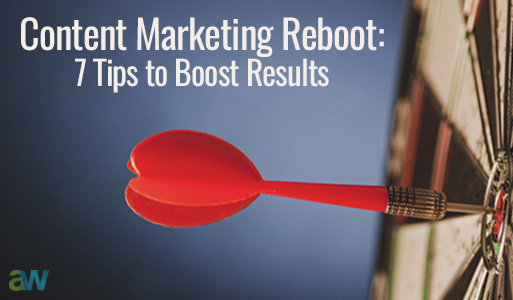 With all the buzz around every new technology release - and there are certainly plenty of new devices, operating systems, services and apps - we often forget that a fairly substantial number of small businesses still use aging technologies. One such technology that is still in use but at the end of its lifecyle is Microsoft's Windows XP. While it seems like it was just a few years ago that XP was unveiled, the operating system is actually 12 years old. Microsoft estimates that 30 percent of its small to midsize customers are still using XP. This is a problem that cannot be ignored, as Microsoft has announced the end of its support for this OS.
With all the buzz around every new technology release - and there are certainly plenty of new devices, operating systems, services and apps - we often forget that a fairly substantial number of small businesses still use aging technologies. One such technology that is still in use but at the end of its lifecyle is Microsoft's Windows XP. While it seems like it was just a few years ago that XP was unveiled, the operating system is actually 12 years old. Microsoft estimates that 30 percent of its small to midsize customers are still using XP. This is a problem that cannot be ignored, as Microsoft has announced the end of its support for this OS.
To help shed some light on the issue and what is involved in upgrading, I interviewed friend and colleague Carmen Andia, of Fast Teks On-Site Computer Services:
Why is it so critical for businesses using Windows XP to upgrade to Windows 7 or 8? Is it really necessary if all is going well?
Starting April 8, 2014, Windows XP and Office 2003 will no longer be supported by Microsoft. What this means is that after April 8, there won't be any security updates or any patches available for Windows XP or Office 2003. Not having these ongoing updates exposes your company to viruses and malware that exploit any issues discovered in Windows XP. Also, software providers will no longer support Windows XP, which means you won't get software updates for the existing programs that you use. An important consideration is that if you house sensitive data, customer account information, etc., you will be vulnerable to having that exploited since you are no longer receiving security updates for Windows XP. This would more than likely cause compliance issues.
Is it possible to upgrade using existing equipment, or must these companies buy all new equipment in order to upgrade?
Many systems can be upgraded. Considerations would be the age of the equipment and whether all the internal components have drivers available that work with Windows 7 or 8. There is an upgrade advisor available from Microsoft that can help you determine viability of older machines. The upgrade process requires the purchase of the new operating system and then basically a reformat of your hard drive, installation of the new operating system and reinstallation of all your programs and data. Of course, you will want to make sure you have all your software keys and access to the disks or downloads of the software prior to doing this.
You may need to factor in the age of peripherals you use, such as printers and scanners. If your printer is more than 8 years old, there may not be a suitable driver to make it work with Windows 7 or 8. An assessment of all your equipment can be done to determine what needs to be replaced and what just needs the new operating system. But, depending on the age of the computers, buying new equipment may be a great idea. Newer machines run faster and, as such, are more efficient for your staff. You will also have better memory and hard drive options as well as faster USB ports and other improved input options. It just depends on what you are using the machines for and what you may use them for in the future. The (Microsoft) forced upgrade/update is a perfect time to assess what you have and what your needs will be in the future.
What does "not supported by Microsoft" actually mean?
"Not supported" means that the software will no longer be updated, so if a new vulnerability that allows malware into the operating system is discovered, Microsoft will not provide an update to patch or close the vulnerability. This is the main issue, as it puts you at risk once a vulnerability is found; it will certainly be exploited by the virus creators.
How would a company know if its hardware (printers, scanners, etc.) or software will work with Windows 7 or 8?
There are tools available to determine if your equipment is compatible with Windows 7 or 8. Microsoft has an upgrade advisor, and a quick Google search will let you know about printer compatibility.
Would a business lose all its data when it upgrades?
Having a backup of your data is always a good idea, and that is the best protection to guard against data loss. Data is transferable between the operating systems, so that is generally not an issue.
Are there any other things that need to be considered?
One factor that must be considered is the learning curve. People used to Windows XP will have a bit of adjusting to do when they move to Windows 7. It is not a major issue but something to be aware of, as files are stored a little differently and functionality may be "moved around."










Leave a comment